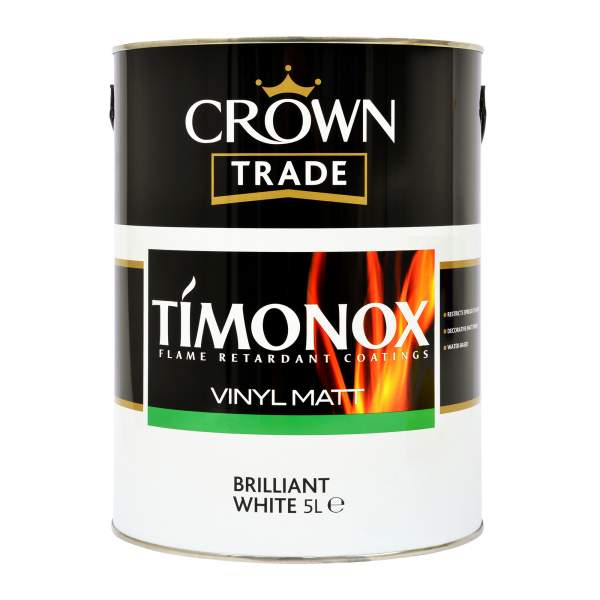Is Timonox fire-resistant? A Comprehensive Guide:
Understanding fire resistance in building materials is crucial for safety. Choosing the right materials can protect lives and property. This guide explores whether Timonox, a popular construction material, has fire-resistant properties.Introduction: Understanding Fire Resistance in Building Materials
The Importance of Fire Safety in Construction
Fire safety plays a vital role in construction. Building materials can either suppress or fuel flames. Strong fire resistance reduces the risk of fire spread, safeguarding occupants and structures.What is Timonox and its Applications?
Timonox is a construction material known for its durability and versatility. Commonly used in insulation, roofing, and wall systems, it offers a range of benefits. However, its fire resistance properties raise questions that need to be addressed.Setting the Stage: Exploring Fire Resistance Standards
Fire resistance is measured through specific standards. These standards define how materials behave when exposed to flames. Understanding them helps assess Timonox's suitability for fire safety.Timonox's Composition and Properties
Analyzing the Key Ingredients of Timonox
Timonox consists of various components, including polymers and additives. These ingredients contribute to its performance. However, their fire resistance is a critical factor that must not be overlooked.How the Material's Structure Contributes to Fire Resistance (or Lack Thereof)
The structure of Timonox influences its reaction to heat. Its density, thermal conductivity, and chemical makeup determine how it withstands fire. Understanding this helps gauge its effectiveness in high-risk areas.Comparing Timonox to Other Fire-Resistant Materials
Compared to traditional fire-resistant materials, Timonox may lag in some aspects. Materials like gypsum board and mineral wool often have higher fire ratings. Analysing these differences is important for safe building practices.Testing and Certification: Evidence-Based Analysis
Exploring Relevant Fire Resistance Testing Standards
Fire resistance testing follows specific methods. For instance, ASTM E119 and EN 13501 are widely recognised. These standards assess how long materials can withstand flames.Examining Available Test Data for Timonox (If Any)
Data regarding Timonox's fire resistance is limited. Few tests have been conducted to evaluate its performance, making it challenging to draw strong conclusions.Independent Verification and Third-Party Testing Results (If Any)
Third-party testing can provide unbiased insights into Timonox's properties. However, any available data should be scrutinised for credibility and relevance.Practical Applications and Real-World Scenarios
Case Studies: Examples of Timonox Use (if applicable)
There are few documented case studies of Timonox in fire-prone environments. Each case can highlight the real-world implications of using this material. Without clear examples, its reliability remains uncertain.Limitations and Considerations for Timonox in Fire Safety Applications
While Timonox has many advantages, there are notable limitations. Situations requiring strong fire resistance may not suit Timonox well. It's vital to consider these limitations before use.Best Practices for Utilizing Timonox in Fire-Prone Environments
If using Timonox in a fire-sensitive area, layer it with more fire-resistant materials. This combined approach can enhance overall safety. Consulting fire safety professionals is always a good idea.Fire Safety Regulations and Compliance
Relevant Building Codes and Standards Regarding Fire Resistance
Building codes vary by location but generally require fire-resistant materials. Understanding local regulations is essential when using Timonox.Ensuring Compliance with Local and National Regulations When Using Timonox
Staying compliant with fire safety regulations ensures protection and avoids legal issues. Regularly reviewing codes is necessary for builders and architects.Potential Legal Implications of Using Non-Fire-Resistant Materials
Using materials without adequate fire resistance can lead to severe consequences. This includes legal penalties and liability if fires occur. Be cautious about material choices.Conclusion: Key Takeaways and Recommendations
Summarizing Timonox's Fire Resistance Properties (or lack thereof)
Timonox’s fire resistance remains a topic of debate. Current knowledge suggests it may not be the best option for high-risk areas. Further testing and data are needed for a clearer picture.Practical Recommendations for Safe Material Selection in Construction Projects
When selecting materials, always prioritise fire safety. Use combinations of materials that protect against fire while meeting aesthetic needs.The Future of Fire-Resistant Materials and Their Role in Building Safety
As technology advances, new fire-resistant options will emerge. Staying updated on material innovations can enhance safety in construction. Selecting the right materials saves lives and protects assets.

